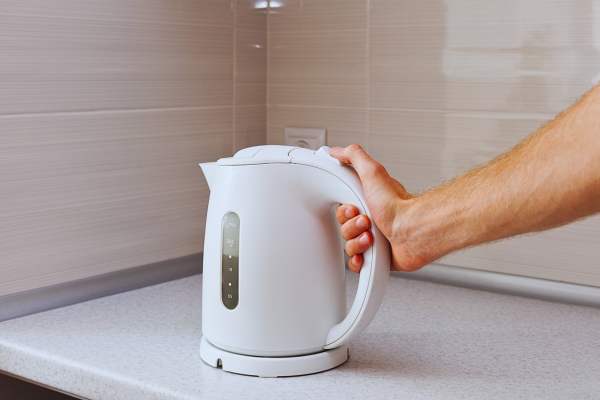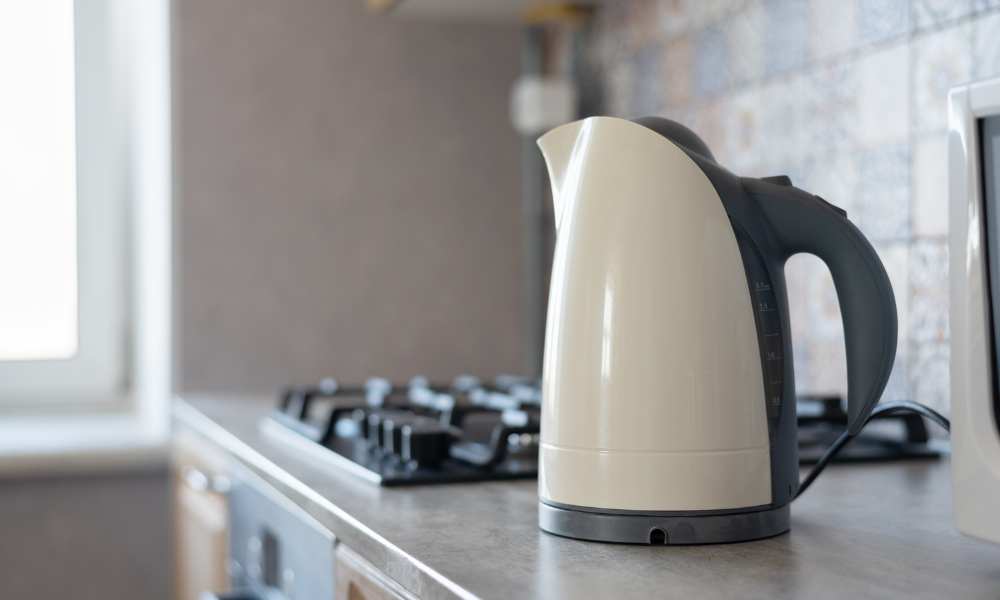Electric kettles have become A staple appliance in many households, Providing A quick and convenient way to boil water for tea, Coffee, Or other hot beverages. However, Over time, Mineral deposits and limescale can build up inside the kettle due to the presence of hard water. This accumulation not only affects the taste of your beverages but also reduces the efficiency and lifespan of your electric boiler. If you’ve noticed that your kettle is no longer functioning at its best or if you’re simply looking to maintain its performance, Learning how to descale an electric kettle is crucial. In this article, We will guide you through simple and effective methods to remove limescale buildup from your electric boiler using common household ingredients.
How often should I descale my electric kettle?
The frequency at which you should descale your electric kettle largely depends on the hardness of your water supply. Hard water contains more minerals, which leads to more frequent limescale buildups. Typically, if you live in an area with hard water, it’s advisable to descale your electric boiler once every month. However, if you’re in a region with soft water, descaling every 3-4 months should suffice. Keep an eye out for visible limescale deposits in your pot as a sign that it’s time for a descale. Regular descaling can significantly extend the life of your boiler and ensure your beverages taste their best.
What materials do I need to descale an electric kettle?
The materials needed to descale an electric boiler are pretty straightforward and can typically be found in most households. For A natural and eco-friendly descaling method, you will need baking soda and water. These ingredients can be combined to create an effective descaling solution. In addition to this, you’ll need a non-abrasive sponge or brush to scrub the interior of the pot gently after the solution has done its work. Finally, clean water is required for rinsing the pot thoroughly after the descaling process. You may also choose to use white vinegar for A final rinse to ensure no baking soda residue remains.
Importance Of Descaling An Electric Kettle
Everyday appliances, like electric kettles, are often overlooked when it comes to regular maintenance. However, overlooking the importance of descaling an electric boiler can lead to many issues. Descaling removes the accumulated mineral deposits also known as limescale that form as a result of regular water boiling. These deposits can hinder the performance of the boiler, causing it to heat inefficiently, alter the taste of your drinks, and even shorten the lifespan of your appliance. Additionally, the accumulation can lead to potential health issues due to the presence of minerals and potential bacteria growth. Hence, regular descaling is essential to keep your electric boiler functioning at peak performance while also ensuring the quality of the water it boils.
Prepare The Descaling Solution With Baking Soda

Before you start the descaling process, you need to prepare the solution. Baking soda, Due to its mildly abrasive And alkaline nature, is an excellent option for this task. Here’s A simple method: mix A quarter cup of baking soda with two cups of water, And stir until completely dissolved. This concoction is not only cost-effective but also eco-friendly, Making It A sustainable choice for regular kettle maintenance. Remember, The goal is to create a solution that’s strong enough to break down the limescale without causing any damage to the kettle’s interior parts. The use of harsh chemicals may lead to further complications, hence baking soda is A safer option.
Pour The Solution Into The Kettle

The next step is to pour the baking soda solution into the kettle. Ensure the solution fills up the kettle to its maximum fill line or enough to cover any visible limescale. The soda solution needs to come into contact with all parts of the pot that may have limescale deposits. Once filled, you’ll let the pot sit with the solution for approximately 15 to 20 minutes. This allows the soda to work its magic, effectively breaking down and lifting the mineral buildup from the kettle’s interior. You might also choose to boil the solution to increase its effectiveness. Once the waiting period is over, you’ll discard the solution, rinse, and wipe the pot dry, ready for its next use.
Let The Solution Sit In The Kettle

Allowing the baking soda solution to sit in the kettle is A crucial step in the descaling process. This step ensures the solution has ample time to work on the limescale deposits. Once the solution is poured into the boiler, Turn on the pot And allow It to heat until it reaches boiling point, Then switch it off. The combination of heat And soda works more effectively in breaking down the limescale. Leave the solution in the pot for around 15 to 20 minutes, Or longer if the buildup is considerable. This patience is essential, As the power of the solution and heat can easily and naturally dislodge the mineral deposits.
Scrub The Interior Of The Kettle

After the solution has done its work, it’s time to gently scrub the interior of the kettle. Use a non-abrasive sponge or brush to ensure you don’t damage the kettle’s interior. The aim is to remove any remaining limescale that the baking soda solution has loosened. Remember to scrub gently around the heating element, if visible, to avoid any damage. During this process, dislodged particles will be visible, indicating the effectiveness of the soda solution. Regular scrubbing, especially after using the descaling solution, can help keep your boiler clean and prolong its lifespan.
Rinse The Kettle Thoroughly

Now that the scrubbing is done, It’s time to rinse the pot thoroughly. Fill It with clean water, Boil It, Then discard the water. Repeat this process several times until you’re certain there are no traces of baking soda or loose limescale in the water. Rinsing is A critical step as It ensures your subsequent water boils don’t have A taste of soda or loose mineral particles. To ensure the pot is thoroughly cleaned, you can also opt for a final rinse with vinegar, as it’s excellent at removing any lingering soda residue.
The Final Thought
Descaling your electric boiler using A baking soda solution is A straightforward and cost-effective method. Regular descaling not only improves the longevity and performance of your pot but also guarantees the purity of the water you boil. By integrating this simple process into your cleaning routine, You can avoid potential health risks, Save energy, And enhance the taste of your beverages. In the grand scheme of maintaining A healthy and efficient home, such seemingly small tasks play an integral role. So, remember to give your pet the care it deserves, and it will serve you well for years to come.
